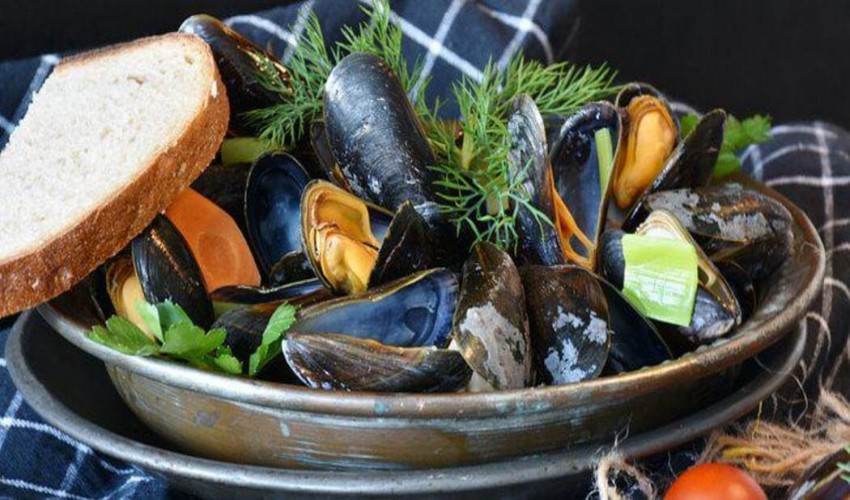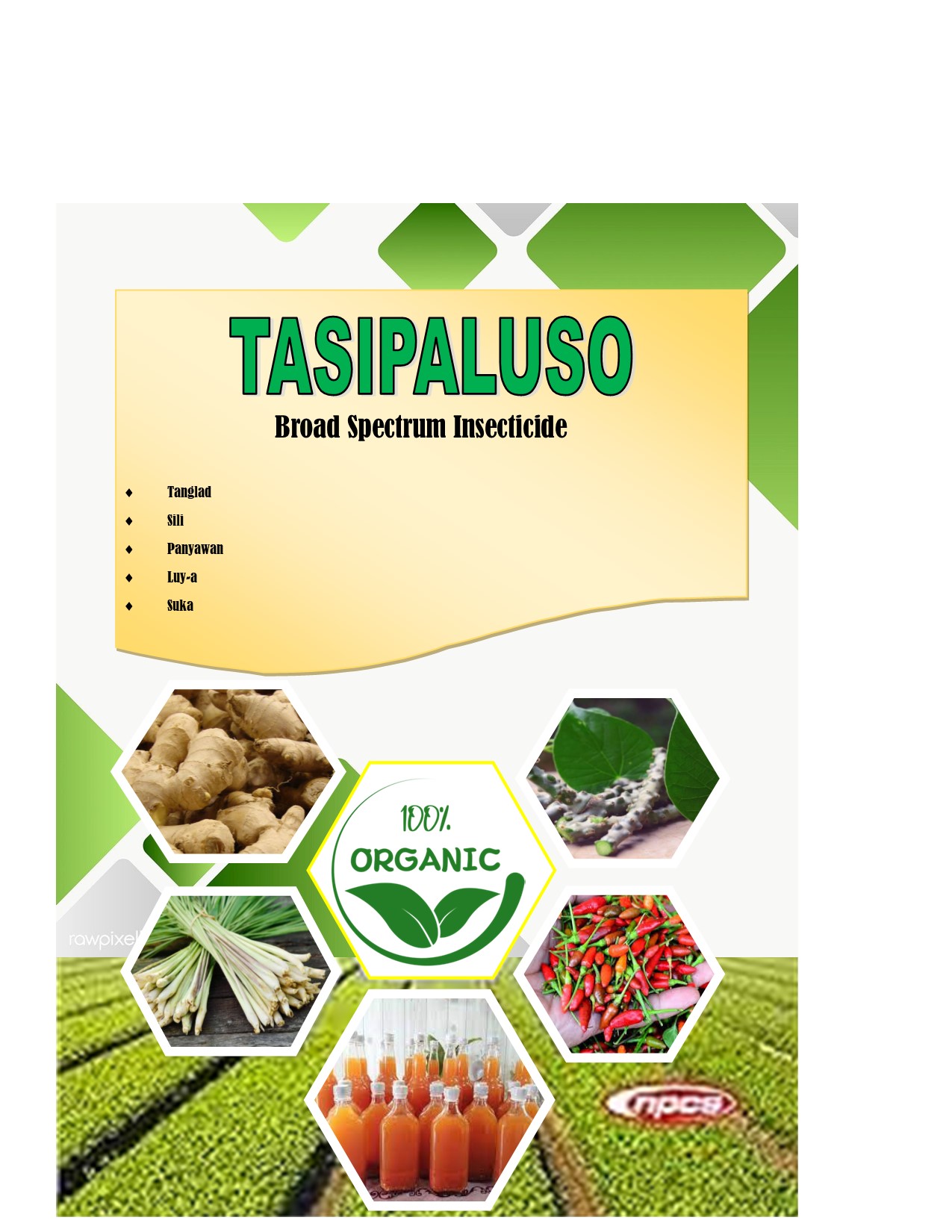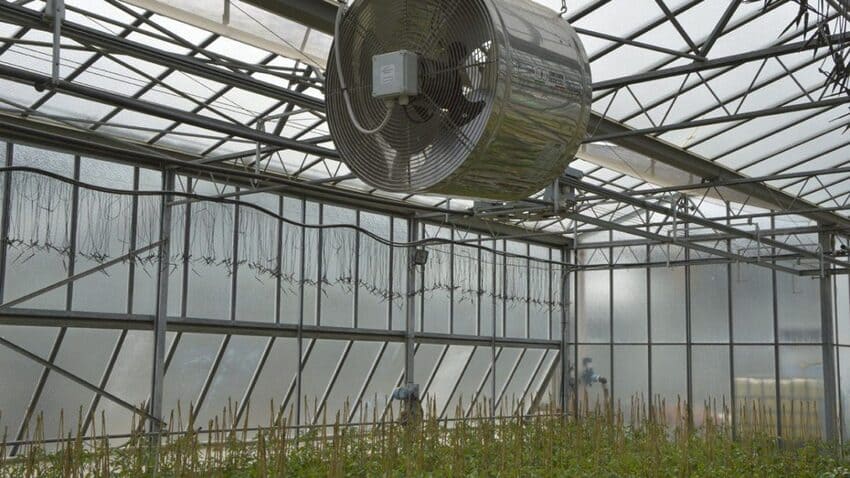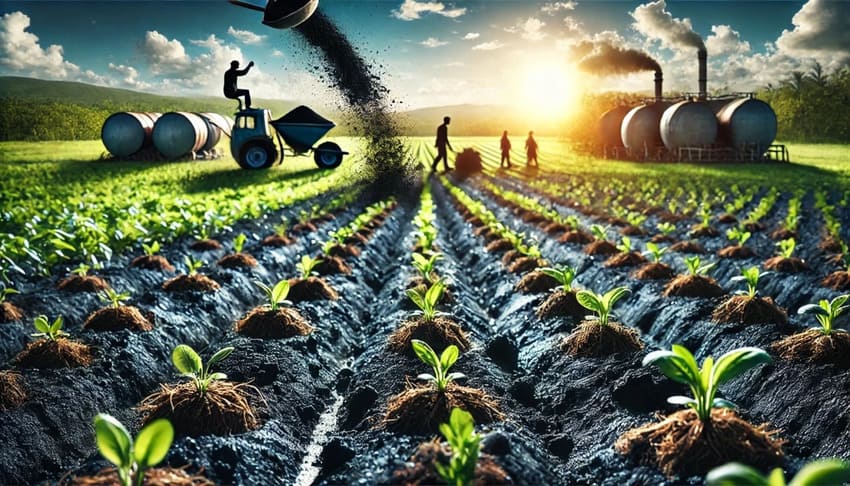Agriculture Science
9
With global warming, these six foods might gain in popularity.
- Rating
- food
- environmentally
- wheat
- sustainable
- ecologist
Whatever way you look at it, climate change will influence the future of our food. 80 percent of the world's energy needs are now met by just 13 crops, and about half of our calories come from wheat, maize, and rice. However, some of these crops might not thrive under the increased temperatures, erratic rainfall, and extreme weather brought on by climate change. Crops are already suffering harm from drought, heat waves, and flash floods all around the planet.
Festo Massawe says, "We must diversify our food basket." He is the executive director of Future Food Beacon Malaysia, an organization at the Semenyih campus of the University of Nottingham Malaysia that investigates how climate change affects food security.
That includes how it is grown in addition to what we eat. The key will be to invest in every potential option, says ecologist Samuel Pironon of the Royal Botanic Gardens, Kew in London. This includes breeding crops to be more climate robust, genetically engineering food in the lab, and researching crops about which we simply don't know enough. Food experts are looking into a wide range of options while considering how to be environmentally friendly in order to feed a growing population in a world that is changing quickly.
Consumer preferences also play a role in the equation. According to Halley Froehlich, an aquaculture and fisheries scientist at the University of California, Santa Barbara, "it does have to be that ideal combo of: It looks beautiful, it tastes well, and it's the correct price point."
The following six meals could meet all of those criteria and be seen more frequently on menus and grocery store shelves in the future.
1. millet
Source of: minerals, protein, and carbohydrates (potassium, phosphorus and magnesium)
Whole grain; gluten-free pasta, chips, and beer are among the uses.
2023 has been designated as the International Year of Millets by the United Nations (a handful of varieties exist). In 2013, quinoa received the same recognition, and its sales soared. A staple grain in several parts of Asia and Africa, millet was first domesticated in Asia some 10,000 years ago. Millet is far more climate tolerant than wheat, maize, and rice; the crop does well in hotter, drier climates and requires less water. More good news: Teff, amaranth, and sorghum are a few other ancient grains that are equally hardy and sustainable as millet (not to mention capable of being turned into beer).
2. Groundnuts from Bambara
Source of: minerals, fiber, and protein (potassium, magnesium and iron)
Uses: Boiling or roasting; dairy-free milk; gluten-free flour
Soy milk and almond milk are both familiar drinks. A drought-resistant legume indigenous to sub-Saharan Africa, Bambara groundnuts, could be used as the following substitute at your coffee shop. The Bambara groundnut is loaded with protein, just like other legumes. Additionally, the groundnut thrives effectively in nutrient-poor soil without chemical fertilizers because bacteria on the plant convert atmospheric nitrogen into ammonia. Festo Massawe of Future Food Beacon Malaysia believes that a deeper understanding of the plant could open the door for breeding initiatives that would assist the Bambara groundnut overtake the soybean as a popular legume despite its lower drought tolerance and higher yields.
3 Mussels
Source of: minerals, vitamin B12, fatty acids, and protein (iron, manganese and zinc)
Uses: Steamed; used to soups, stews, and pasta recipes.
It's possible that one day the family's weeknight supper will include a delectable mussel linguine dish. Approximately 40% of seafood by 2050 may be composed of mussels and other bivalves, such as oysters, clams, and scallops, according to a 2020 Nature article. Bivalve farms are ideal for expansion because they don't require irrigation or fertilization, which would cut costs for consumers. Halley Froehlich of UC Santa Barbara singled out mussels as being "very resilient," "extremely nutritious," and underhyped despite the fact that all bivalves have merit. One drawback is that when ocean acidification is accelerated by rising carbon levels, shell-forming organisms are in danger. Kelp could be of assistance.
4. Kelp
Source of: antioxidants, iodine, calcium, and iron in addition to vitamins
Uses include salads, smoothies, salsa, pickles, noodles, and chips. It is also used in biofuels, toothpaste, and shampoo.
Kelp offers some great, eco-friendly strategies. For one thing, it can lessen the acidity of its aquatic environs by absorbing carbon dioxide during photosynthesis. Together, kelp and bivalves are grown by farmers in Maine and Alaska so that the animals with shells can take advantage of the less acidic water. Like underwater trees, kelp sequesters carbon. This suggests that increasing kelp consumption and growth could benefit the ecosystem. Although kelp and other seaweeds have been consumed extensively in Asia for thousands of years, many Western nations still find them to be an acquired taste.
5. Enset
Source of: Calcium, potassium, zinc, and carbohydrates
Uses include making bread or porridge as well as rope, plates, and construction materials.
Ethiopian farmers grow the drought-resistant enset, which is known as the "fake banana" because the plant looks like a banana tree even though the fruit is poisonous. The fact that its starchy stems can be gathered at any time of year makes it a dependable buffer food crop during dry spells, earning it the nickname "the tree against hunger." According to a paper published in Environmental Research Letters in 2021, the enset's range may be extended to more regions of Africa and possibly beyond. According to research author James Borrell of the Royal Botanic Gardens, Kew, the processing necessary to make enset edible is complicated. Therefore, any expansion would need to be driven by the Indigenous groups that have that knowledge.
6.Cassava
Source of: potassium, vitamin C, and carbohydrates
Uses: Tapioca pearls in bubble tea, gluten-free flour, whole cooked root
The starchy root vegetable from South America known as cassava is nutritious, sustainable, and climate resilient. Cassava is now produced in more than 100 nations and can survive temperatures as high as 40 °C. It is also salt and drought hardy. Additionally, increased ambient CO2 levels can increase yields by improving the plant's resistance to stress. Cyanide levels in raw cassava can be dangerous, but the poison can be eliminated by peeling, soaking, and boiling the root.
Leave a Reply
Your email address will not be published. Required fields are marked *


